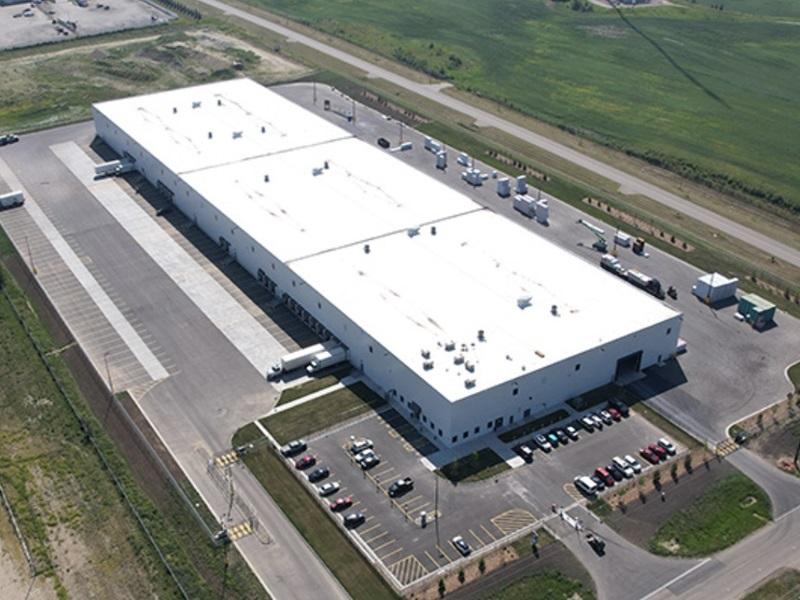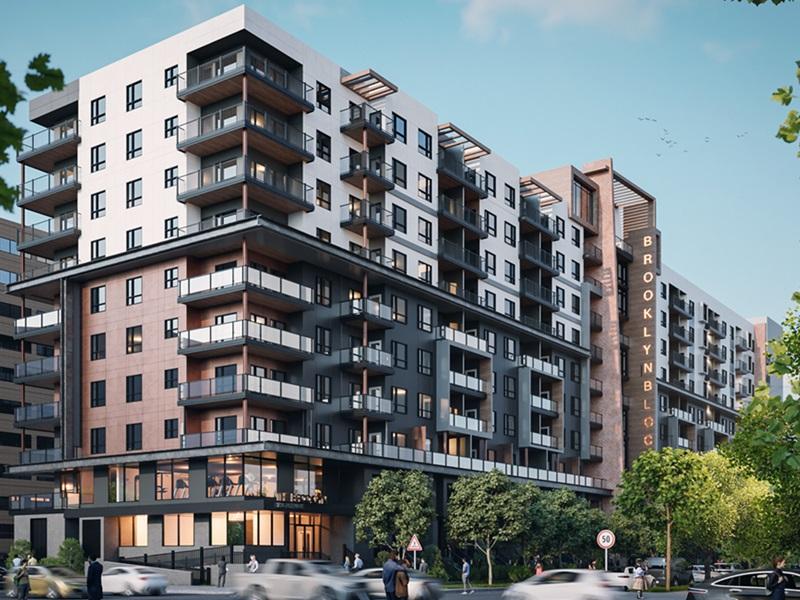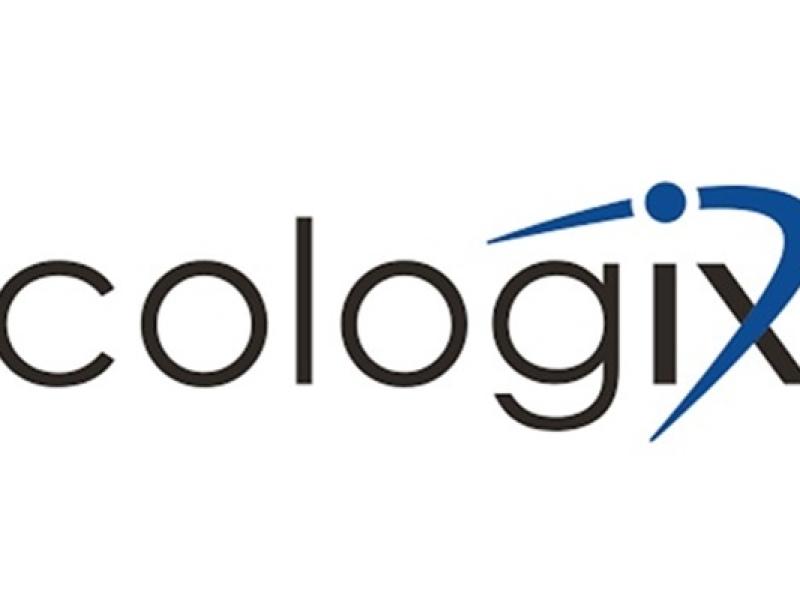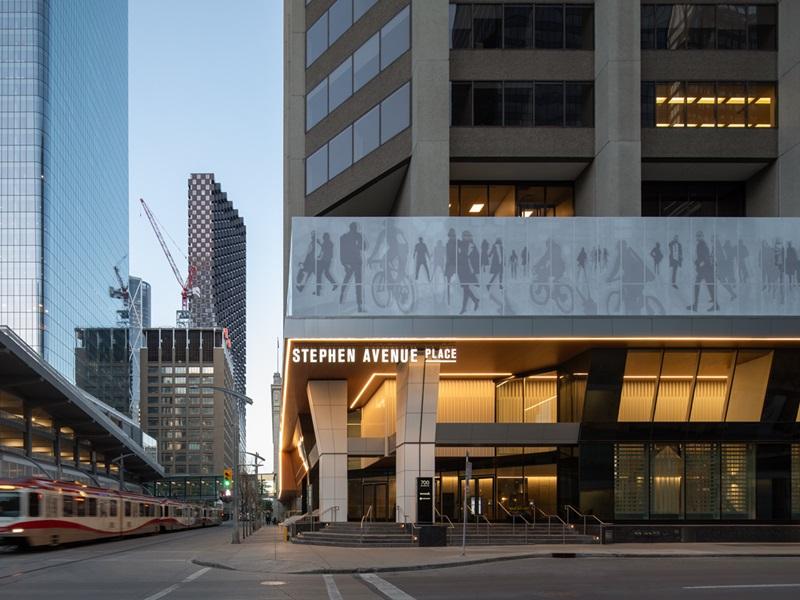
The Greater Montreal Area (GMA) faces a scarcity of industrial land because a significant amount of the region is zoned for agricultural uses or is considered as wetlands, a report by commercial real estate brokerage Trimont concludes.
Shortly after leaving the island of Montreal, “you start to see lots of wooded or empty vacant land. Everyone assumes that’s all developable and it’s really not,” Peter Mouhteros, partner and commercial real estate broker at Trimont, told RENX in an interview. “A big chunk of it is protected agricultural (land) and a big chunk is protected wetland.”
Mouhteros wrote the report Industrial Land and the Invisible Greenbelt in the GMA after he noticed he was doing fewer industrial land transactions and decided to investigate why this was happening. Trimont officially released the findings today.
He found that “scarcity has now become the biggest barrier to industrial development.”
Mouhteros notes the GMA has about 547,300 acres of protected agricultural land, representing around 51 per cent of its total land, according to the Commission de protection du territorire agricole du Québec, the province’s agricultural land protection commission. According to the Communauté métropolitaine de Montréal (CMM), the Montreal area covers 4,374 square kilometres and includes 82 municipalities with 4.2 million people.
Only 61 per cent of the Montreal area’s protected agricultural land is being used for agricultural purposes, according to Quebec’s agricultural ministry.
Greater Montreal's industrial inventory comprises approximately 400 million square feet, according to Trimont data for the region it tracks. The most recent Avison Young stats show 5.2 per cent vacancy, with about 1.5 million square feet under construction.
Over the past two years, Montreal has seen about 12 million square feet of new space delivered.
Protected land is an unofficial greenbelt
Mouhteros says the protected agricultural land constitutes an unofficial greenbelt for the GMA, which does not have an official greenbelt. So-called greenbelts, protected lands usually at the periphery of metropolitan areas, are part of urban planning initiatives to halt urban sprawl.
In addition, Mouhteros notes that 4.6 per cent (or 49,225 acres) of the GMA’s total area has been identified as “potential wetlands” by conservation organization Ducks Unlimited. Wetlands, consisting of swamps, marshes and meadows, are areas of land that flood occasionally.
Once wetlands are taken into consideration, only about 9,450 acres of industrial land are available for development in the GMA, Mouhteros writes, and this is prior to factoring-in required buffer zones around wetlands.
While wetlands are extremely important to ecosystems and their conservation is important, they pose another barrier to the development of industrial land in the GMA, he says.
Mouhteros adds there is a substantial amount of land zoned for development in the Montreal area that may not be easy to develop because it contains species that have been given protective status by Quebec’s environment ministry.
Mouhteros says various levels of government must come together to address the lack of industrial land, something that “never seems to be a focus.”
“We’re lacking comprehensive regional planning with a future vision.”
A decade of industrial growth in Montreal region
In the report, Mouhteros writes that Montreal’s industrial market was stagnant until about 10 years ago when developers began to build on spec, as demand increased and supply decreased, and rental rates and sale prices increased.
Broccolini delivered the first speculative industrial project in this wave of building in Vaudreuil in 2016, and other developers followed suite.
Since 2019, the price per square foot of industrial land in the Montreal area has increased dramatically, from an average of $14.45 per square foot in 2019 to $54.91 per square foot in 2024.
Mouhteros says the pandemic was also a game changer, as retail stores closed and consumers shifted heavily to ecommerce, the need for new, efficient distribution centres skyrocketed.
“During Covid, there was a lot of demand for big-box distribution centres,” he says. “People were not able to find large developable tracts of land within the GMA, so they went to Valleyfield” and other areas outside the GMA.
Industrial users move farther afield
About 9.2 million square feet of industrial land has been developed in Valleyfield since 2019. However, the current industrial vacancy rate in Valleyfield has reached 18.7 per cent because industrial occupiers prefer to be close to transportation hubs, labour markets and consumers, Mouhteros says.
He concludes in the report that “something has to change, or else scarcity will continue to push industrial land prices upwards.”
Mouhteros says some under-utilized agricultural land will have to be freed up for industrial usage, and other zoning and environmental restrictions must be revisited. Otherwise, occupiers and developers will have no alternative but to venture outside the GMA - despite the drawbacks of such a move.










